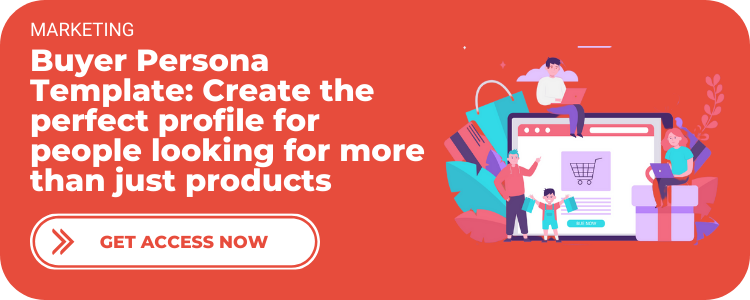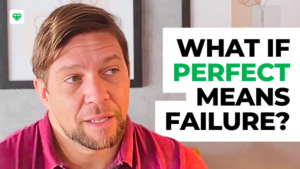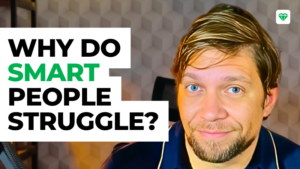What to offer to your buyer persona looking for more than just products and how that affects decision making, clarity, profitability.
In the previous 2 episodes, we talked about why you should create buyer persona templates and how to actually create them in the most profitable way.
The question now is: With such powerful data, what we should offer? Also, how to represent your Buyer Persona soe everybody on your team understands it.
What does a Buyer Persona Template look like?
If you just found this episode, I highly recommend you come back 2 episodes back to empower you with the background knowledge we will use here.
Listen to know more about:
- How to approach Buyer Personas in different stages of the Buyer’s Journey
- Buyer Persona Template Part #1: Demographics
- Buyer Persona Template Part #2: Interests
- Buyer Persona Template Part #3: External Problems
- Buyer Persona Template Part #4: Internal Problems
- Buyer Persona Template Part #5: Philosophical Problems
- Buyer Persona Templates to use as reference
Downloadable content in this episode:
Useful links in this episode:
Episode Transcript
[fusebox_transcript]




